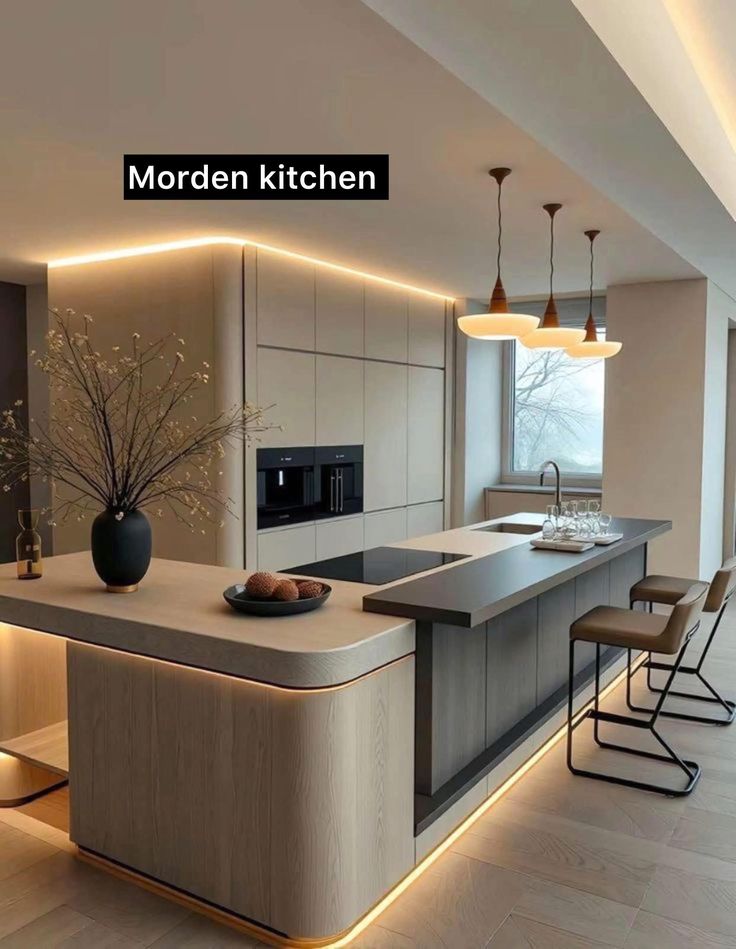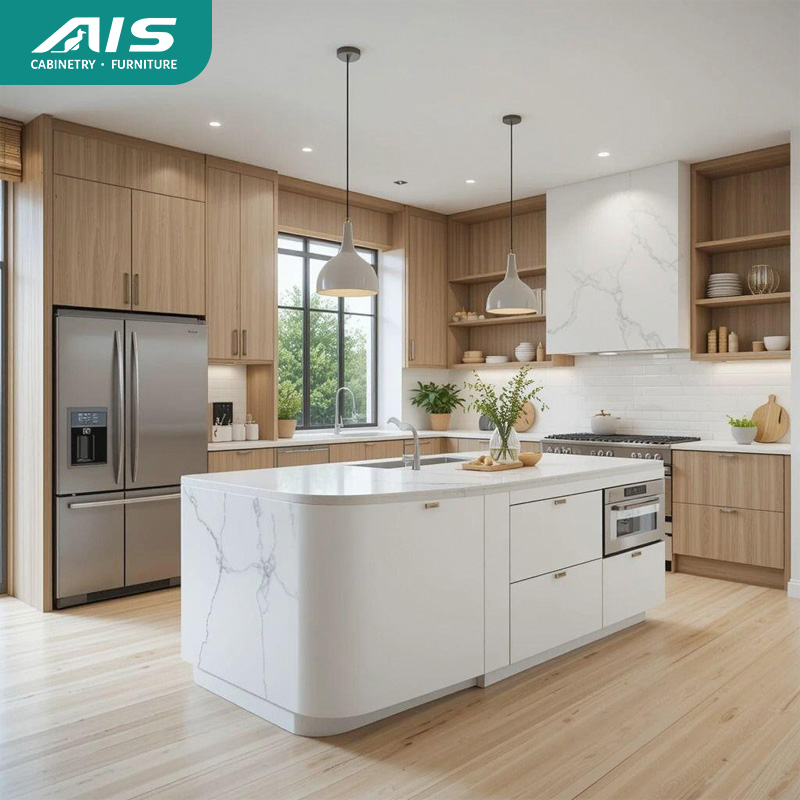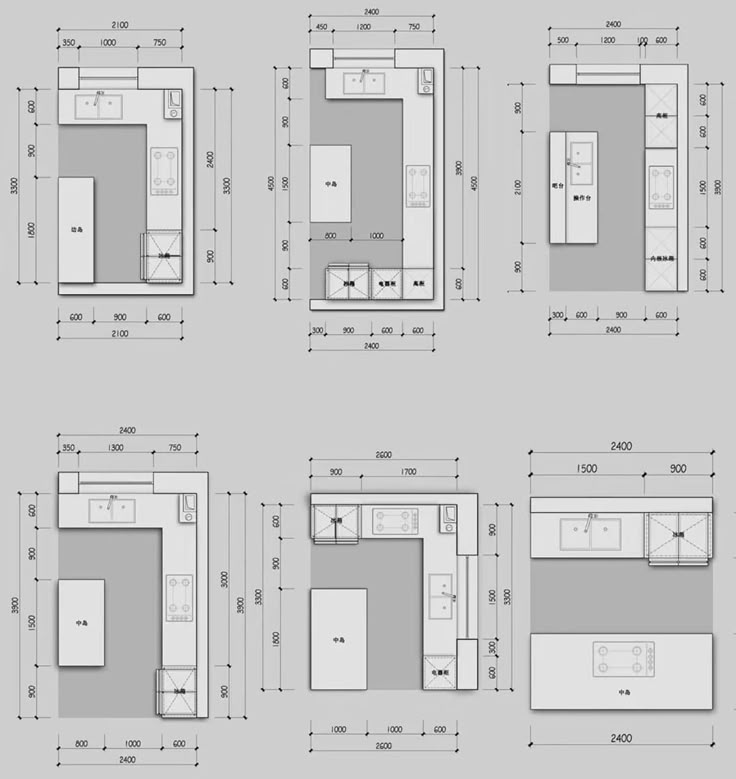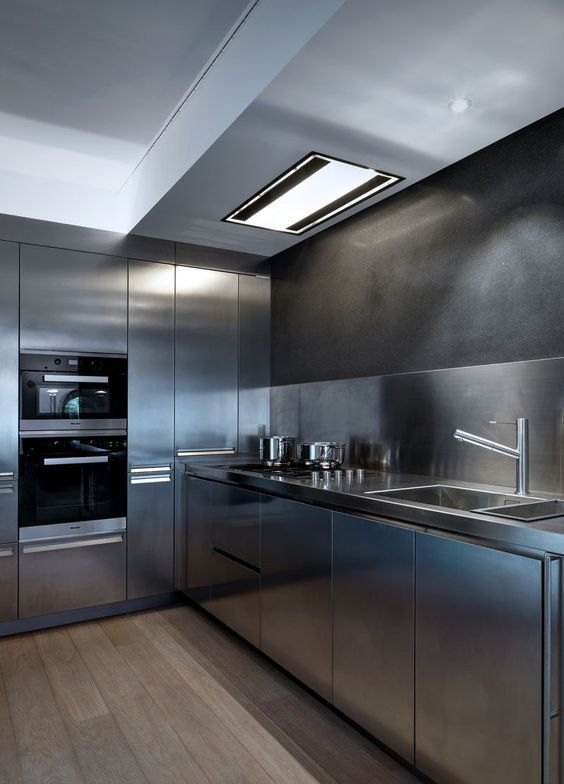Total Cabinetry And Joinery Solution
ENG

The durability, moisture resistance, load-bearing capacity, and environmental performance of a kitchen cabinet largely depend on the type of board material used. Common substrates on the market include MDF (Medium Density Fiberboard), Plywood, OSB (Oriented Strand Board), HMR (High Moisture Resistant Particle Board), and Particle Board—each with its own strengths and weaknesses, suitable for different applications. When selecting a custom kitchen cabinet, understanding these kitchen cabinet materials is crucial. Choosing the right board ensures not only lasting quality and function but also enhances the overall performance and sustainability of your kitchen cabinet setup.
Advantages:
Smooth Surface for Finishing: MDF offers an even, fine surface ideal for painting, lacquering, or laminating with materials like PET or high-gloss finishes, making it a perfect option for modern-style kitchen cabinets.
Stable and Not Easily Deformed: Compared with solid wood, MDF provides greater dimensional stability, which makes it suitable for decorative door panels such as European-style carved cabinet doors.
Affordable and Balanced Performance: MDF is more affordable than solid wood while offering better stability than particleboard — an excellent middle-ground material for both residential and commercial kitchen cabinetry.
Disadvantages:
Low Moisture Resistance: MDF is not waterproof and tends to swell or deform when exposed to humidity, making it unsuitable for wet kitchen areas.
Moderate Screw Holding Strength: The nail and screw holding capacity is weaker compared with plywood or solid wood, meaning hinges or fittings may loosen over long-term use if not properly reinforced.
Applicable Scenarios:
Cabinet Door Panels in Dry Areas: MDF is ideal for upper cabinet doors or decorative wall panels where moisture exposure is minimal.
High-End Customized Cabinets: Perfect for painted or carved cabinet designs, especially where precise CNC machining or detailed finishing is required.
Advantages:
High Strength and Durability: Plywood is known for its excellent structural stability and strong load-bearing capacity, making it more durable than both MDF and particleboard. It’s a preferred choice for long-lasting kitchen cabinets that need to support heavy countertops or storage loads.
Moisture Resistance: Due to its cross-layered structure and waterproof adhesive, plywood offers good resistance to humidity and deformation, making it suitable for kitchens, bathrooms, and other moisture-prone spaces.
Eco-Friendly Material: Compared with particleboard, plywood uses less adhesive and emits lower levels of formaldehyde, aligning with modern green and sustainable kitchen cabinet materials standards.
Disadvantages:
Higher Cost: Plywood generally costs 30%–50% more than MDF or particleboard, which may increase the total kitchen cabinet project budget.
Surface Smoothness: The natural wood grain surface of plywood is not as smooth as MDF, meaning it usually requires veneering, laminating, or painting before being used as cabinet door panels or visible surfaces.
Applicable Scenarios:
Cabinet Carcasses and Structural Panels: Plywood is ideal for base cabinets, tall storage cabinets, and other areas requiring high load-bearing strength.
Moisture-Prone Environments: Recommended for kitchens, laundry rooms, and bathrooms, where humidity control is important.
Advantages:
Stable Structure with High Strength: OSB is engineered by crisscrossing layers of wood strands bonded under high pressure, giving it excellent bending and load-bearing strength. This makes it one of the most structurally reliable kitchen cabinet materials for internal cabinet construction.
Good Moisture Resistance: Compared to standard particle board, OSB offers better moisture resistance thanks to its resin-bonded structure, making it suitable for kitchen environments with occasional humidity.
Affordable Choice: OSB is cheaper than plywood and more moisture-resistant than MDF, providing a balanced option between performance and cost in kitchen cabinet production.
Disadvantages:
Rough Surface Texture: The surface of OSB is not smooth enough for direct use in cabinet doors or decorative panels. It generally requires a layer of film, laminate, or veneer to improve aesthetics.
Low Visual Appeal: Due to its industrial and raw texture, OSB is mainly used for internal or structural purposes rather than visible cabinet fronts.
Applicable Scenarios:
Cabinet Back Panels and Base Structures: Ideal for cabinet interiors, bottom panels, and non-visible structural parts where strength is more important than appearance.
Industrial or Loft-Style Kitchens: In some industrial or warehouse-style designs, exposed OSB panels are intentionally used to create a rugged, unfinished aesthetic that adds character to the kitchen space.
Advantages:
Superior Moisture Resistance: Moisture-resistant particle board is specially treated to provide better water resistance than standard particle boards, making it one of the most practical kitchen cabinet materials for humid environments.
High Cost-Effectiveness: It offers an ideal balance between affordability and durability — cheaper than plywood, yet more moisture-resistant and stable than regular particleboard. This makes it suitable for budget-conscious kitchen projects without sacrificing essential performance.
Disadvantages:
Limited Hardness: Although it performs well against humidity, its structural hardness is moderate. Long-term exposure to heavy loads (such as stone countertops or large kitchen appliances) may lead to slight deformation.
Plain Appearance: The surface texture is basic, requiring a veneer, laminate, or decorative finish to achieve a refined cabinet door appearance suitable for modern kitchens.
Applicable Scenarios:
Kitchen Cabinet Carcasses and Storage Units: Ideal for cabinet bodies, especially in cost-sensitive projects that still require reliable moisture protection.
Custom Furniture Substrates: Commonly used for wardrobes, bathroom cabinets, and other built-in furniture requiring both affordability and moderate water resistance.
Advantages:
Affordable and Widely Available: Standard particle board is the most economical option among all kitchen cabinet materials, making it a budget-friendly choice for large-scale furniture and cabinetry projects.
Easy to Process and Mass-Produce: Its uniform structure and workability make it ideal for automated, large-volume production, which is why it’s commonly used in affordable cabinet lines, including brands like IKEA.
Disadvantages:
Poor Moisture Resistance: Standard particle board tends to swell or deform when exposed to water or humidity, making it unsuitable for kitchens, bathrooms, or damp environments.
Weak Nail-Holding Strength: The screw retention ability is limited, meaning hinges or hardware may loosen over time with heavy or repeated use.
Average Environmental Performance: While higher-grade boards can meet emission standards, low-quality particle boards may release higher levels of formaldehyde, so it’s essential to verify certifications before purchase.
Applicable Scenarios:
Budget-Conscious or Temporary Cabinets: Ideal for short-term or entry-level kitchen projects where cost control is a priority.
Furniture in Dry Areas: Suitable for study cabinets, office furniture, or secondary storage units located in low-humidity indoor spaces.
Selecting the right kitchen cabinet materials is essential for ensuring the durability, functionality, and environmental safety of your kitchen cabinet. From the smooth finish of MDF kitchen cabinet designs to the superior moisture resistance and load-bearing strength of plywood kitchen cabinets, each board type serves different needs and budgets. By understanding the advantages, disadvantages, and best-use scenarios of MDF, plywood, OSB, HMR, and particle board, you can make an informed choice for your custom kitchen cabinet project—one that balances style, performance, and long-term value.






